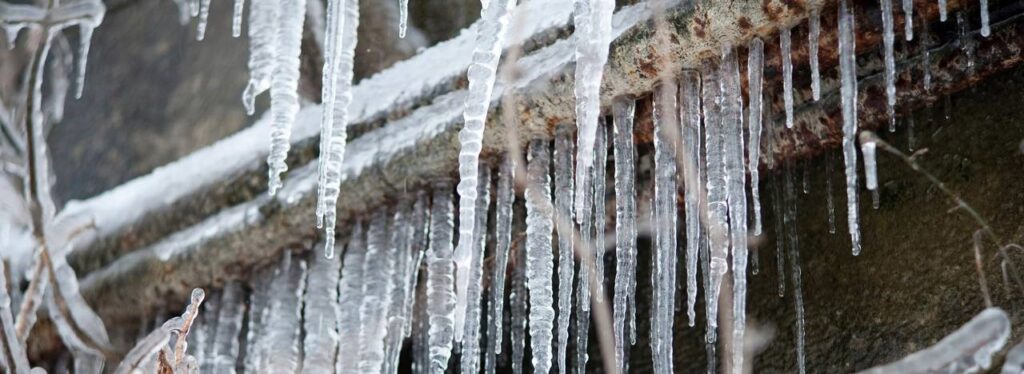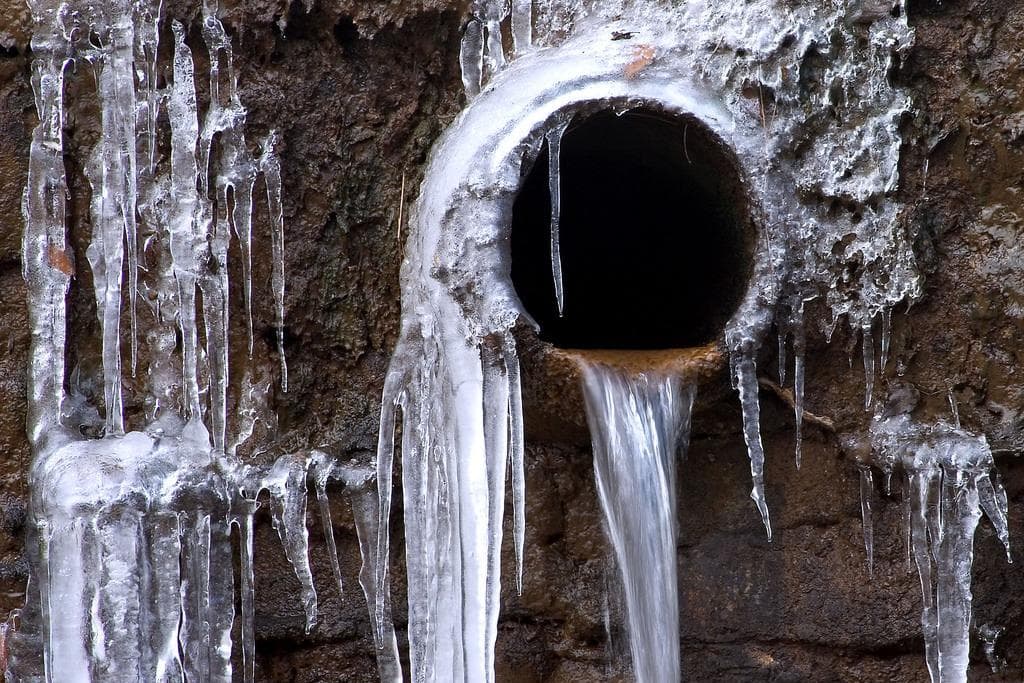Critical Methods for Avoiding Frozen Plumbing in Winter
Critical Methods for Avoiding Frozen Plumbing in Winter
Blog Article
We've discovered this article pertaining to How To Avoid Freezing Pipes directly below on the web and reckoned it made perfect sense to talk about it with you on my blog.

Cold weather can wreak havoc on your pipes, specifically by freezing pipelines. Here's just how to stop it from occurring and what to do if it does.
Introduction
As temperatures decline, the threat of frozen pipes rises, possibly resulting in costly fixings and water damage. Understanding just how to avoid frozen pipelines is essential for homeowners in chilly climates.
Recognizing Frozen Pipelines
What causes pipelines to ice up?
Pipes ice up when subjected to temperature levels below 32 ° F (0 ° C) for extended durations. As water inside the pipelines ices up, it broadens, putting pressure on the pipe walls and potentially creating them to burst.
Threats and problems
Frozen pipelines can bring about water interruptions, residential or commercial property damages, and pricey fixings. Burst pipes can flood homes and cause comprehensive structural damage.
Signs of Frozen Pipeline
Determining frozen pipes early can prevent them from bursting.
How to identify icy pipelines
Try to find reduced water flow from faucets, uncommon smells or noises from pipelines, and noticeable frost on subjected pipes.
Avoidance Tips
Protecting susceptible pipelines
Cover pipes in insulation sleeves or make use of warm tape to protect them from freezing temperature levels. Focus on pipelines in unheated or outside locations of the home.
Heating methods
Maintain indoor areas appropriately heated up, particularly locations with plumbing. Open cabinet doors to allow warm air to circulate around pipelines under sinks.
Shielding Exterior Pipes
Garden hoses and outdoor taps
Separate and drain pipes garden hose pipes before winter. Mount frost-proof spigots or cover exterior faucets with protected caps.
What to Do If Your Pipelines Freeze
Immediate actions to take
If you believe frozen pipelines, keep faucets available to ease stress as the ice thaws. Make use of a hairdryer or towels taken in warm water to thaw pipes slowly.
Long-Term Solutions
Structural adjustments
Consider rerouting pipelines far from exterior walls or unheated locations. Add extra insulation to attic rooms, cellars, and crawl spaces.
Upgrading insulation
Buy high-grade insulation for pipelines, attics, and wall surfaces. Appropriate insulation aids preserve consistent temperature levels and decreases the threat of frozen pipelines.
Conclusion
Preventing frozen pipelines requires aggressive measures and fast feedbacks. By comprehending the reasons, signs, and safety nets, homeowners can safeguard their pipes throughout winter.
5 Ways to Prevent Frozen Pipes
Drain Outdoor Faucets and Disconnect Hoses
First, close the shut-off valve that controls the flow of water in the pipe to your outdoor faucet. Then, head outside to disconnect and drain your hose and open the outdoor faucet to allow the water to completely drain out of the line. Turn off the faucet when done. Finally, head back to the shut-off valve and drain the remaining water inside the pipe into a bucket or container. Additionally, if you have a home irrigation system, you should consider hiring an expert to clear the system of water each year.
Insulate Pipes
One of the best and most cost-effective methods for preventing frozen water pipes is to wrap your pipes with insulation. This is especially important for areas in your home that aren’t exposed to heat, such as an attic. We suggest using foam sleeves, which can typically be found at your local hardware store.
Keep Heat Running at 65
Your pipes are located inside your walls, and the temperature there is much colder than the rest of the house. To prevent your pipes from freezing, The Insurance Information Institute suggests that you keep your home heated to at least 65 degrees, even when traveling. You may want to invest in smart devices that can keep an eye on the temperature in your home while you’re away.
Leave Water Dripping
Moving water — even a small trickle — can prevent ice from forming inside your pipes. When freezing temps are imminent, start a drip of water from all faucets that serve exposed pipes. Leaving a few faucets running will also help relieve pressure inside the pipes and help prevent a rupture if the water inside freezes.
Open Cupboard Doors
Warm your kitchen and bathroom pipes by opening cupboards and vanities. You should also leave your interior doors ajar to help warm air circulate evenly throughout your home.

We were made aware of that article about How to Prevent Your Pipes From Freezing from an acquaintance on our other web blog. Appreciated our blog? Please share it. Help another person find it. I truly appreciate your readership.
View More Report this page